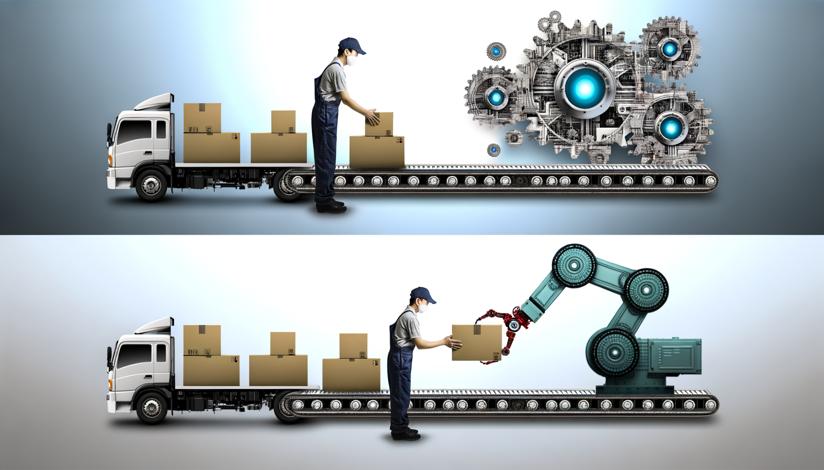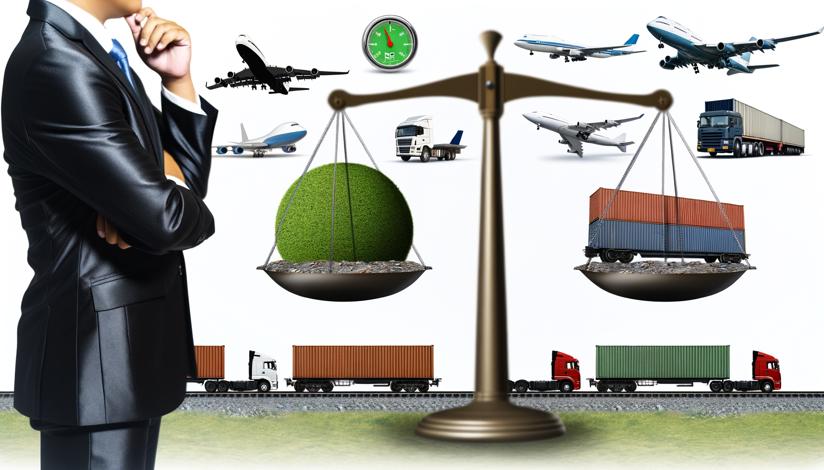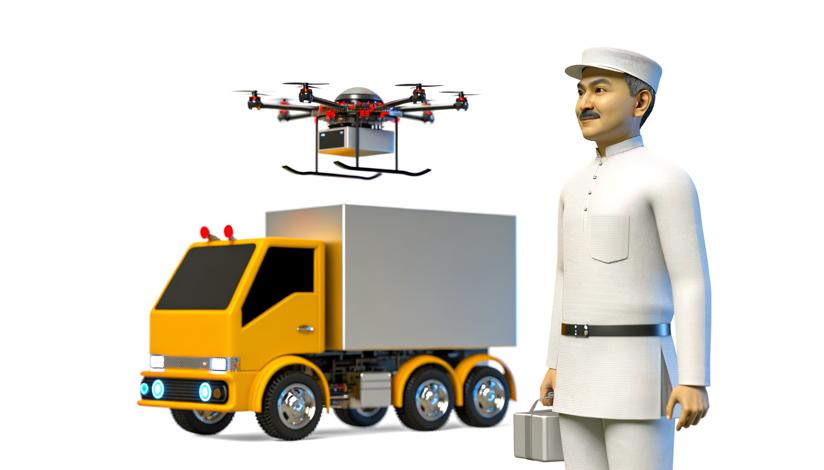

The transportation and logistics industry plays a crucial role in the global economy, ensuring that goods and services are delivered efficiently and on time. To achieve maximum efficiency, companies need to carefully evaluate their processes and choose the right methods for managing their inventory, warehouse systems, and routing.
In the past, many companies relied on manual inventory management, which involved physically counting and tracking items. This process was time-consuming and prone to errors, leading to delays and inefficiencies. However, with the advent of automated inventory management systems, companies can now track their inventory in real-time, reducing the chances of stockouts and ensuring that orders are fulfilled accurately and quickly.
Automated warehouse systems are another key component of maximizing efficiency in transportation and logistics. These systems use robotics and advanced technologies to automate tasks such as picking, packing, and sorting. This not only speeds up the fulfillment process but also reduces errors and lowers labor costs. With automated warehouse systems, companies can handle a larger volume of orders, improve accuracy, and free up their staff to focus on other important tasks.
Paper-based routing has long been a standard practice in transportation and logistics, but it can be inefficient and prone to errors. Manual routing involves using physical maps and documents to plan routes, which can be time-consuming and difficult to update. In contrast, automated routing systems use GPS and digital maps to optimize routes, taking into account factors such as traffic, weather conditions, and delivery priorities. By using automated routing systems, companies can reduce travel time, fuel costs, and delivery delays.
In conclusion, manual inventory management, paper-based routing, and traditional warehouse systems are no longer efficient options for transportation and logistics companies. Automated processes offer numerous advantages, including real-time inventory tracking, increased order volume, improved accuracy, and reduced costs. By embracing automation, companies can maximize their efficiency, deliver better customer service, and stay competitive in the fast-paced world of transportation and logistics.

Real-time inventory tracking
Increased order volume
Improved accuracy

High initial investment
Potential technical issues
Staff training required




















-
https://www.logisticsmgmt.com/article/notable_advances_in_integration_of_tms_and_warehouse_management_systems
-
https://www.supplychaindive.com/news/paper-vs-digital-logistics-routing-which-will-win/561834/





































